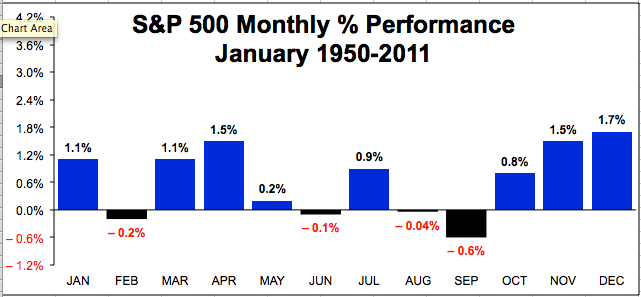By Christian A. DeHaemer | Monday, December 20th, 2010
Here it is, the end of another fantastic year.
The NASDAQ is up 26% over the last 52 weeks, the S&P500 is up 24%, and the DJIA is up 20%.
Heck, it's been a great year at Crisis & Opportunity as well. Readers have seen gains of 759% in a small Mongolian oil company, 52% on a cruise ship in a week, and 251% gains on a safety syringe maker.
Lets face it: greed is back. The speculators have returned and the fast money is seeking risk.
Advertisement
American OPEC
We're about to buck the peak oil trend.
It's all about shale oil these days, and if you play the right stock, you could easily see your investment double in a matter of weeks.
I've found one little-known company that is able to double the amount of oil we get from shale reserves...
Froth is back
There is no better example of this froth than the hot Chinese IPO's Youku.com. Called the “Netflix of China,” it returned 161% on the first day.
All sorts of companies are running. New Energy Technologies (NENE.OB) — one of Jeff Siegel's picks — went from 0.31 to $3.29 in a month.
And lastly, one of my garbage stocks, Madcatz (ASE: MCZ), a purveyor of video game accessories, shot up 250% in a few weeks.
That type of momentum chasing doesn't happen in bear markets; in fact it's more indicative of a top.
I've written before that this market is setting up just as it did in 2004. We are three years after a massive market correction. The Fed and Congress are doing everything they can to shoot money into the economy.
We've just had a major stock market rally similar to 2003, and the vast spectrum of negatives from housing to jobs seems to be getting better...
Here is what 2004 looked like:
There's a chart that will give you indigestion on the way to a 10% gain.
Every rally was sold hard, blowing out the longs. Every dip reversed strong destroying the shorts. Double dip was the dominant fear. And every sell-off got run over by easy money from the Fed.
Looking at this chart, there is no easy way to tell when a sell-off is going to happen. But you'll notice that the dips are reversed when there is a MACD crossover below the centerline (0).
Moving Average Convergence Divergence (MACD)
For those who don't know, the Moving Average Convergence Divergence is one of the simplest and easy-to-understand momentum indicators around.
It was developed by Gerald Appel in the late 70s and should be in every investor's tool box.
The MACD uses two trend-following indicators called moving averages and turns them into a momentum oscillator by subtracting the longer moving average from the shorter moving average.
As a result, you have a trend following momentum indicator that is very useful as a turnaround signal... You buy when the moving averages cross (blue and red lines) below the centerline; you sell the cross above the center line.
It works very well in choppy markets.
And here are three reasons to believe we may need it within the next 90 days...
Overdue for a correction
VIX is sleeping. The BCOE market volatility index is a fear indicator. When investors are bearish, it goes off the charts.
Note the sell-off in 2008, which saw the Vix launch to 90. Right now it is at 16.
This is telling us that the majority of option buyers are bullish — a contrarian indicator...
Price-to-earnings ratios are high
Does this look like a market that is at a bottom?
P/E ratios are at the high-end of their range. Over the past 130 years, when P/E's reach these levels — we have a correction.
Double top on many indexes
Many indexes like the Russell 2000 and the NASDAQ are showing double tops. Would you buy that or sell it?
And lastly, I'm having a hard time finding things I want to buy...
That usually means there are fewer stocks worth owning at these levels.
I would suggest you take some profits and sit on some cash. This market will have a 10% correction within the next three months.
You should buy it. I will.
Have a great holiday week,
Advertisement
This Gold Investment Should Be Illegal
Imagine an investment pays you double the gains that gold makes...
A 1% jump pays you 2%... A 10% gain pays you 20%!
And as the Fed dismantles the dollar — driving gold prices beyond record territory — this simple investment is rapidly becoming the most profitable play on Wall Street.
In fact, it's so profitable that many investors feel the gains are unfairly profitable!











 go the dragon
go the dragon



No comments:
Post a Comment
Note: Only a member of this blog may post a comment.